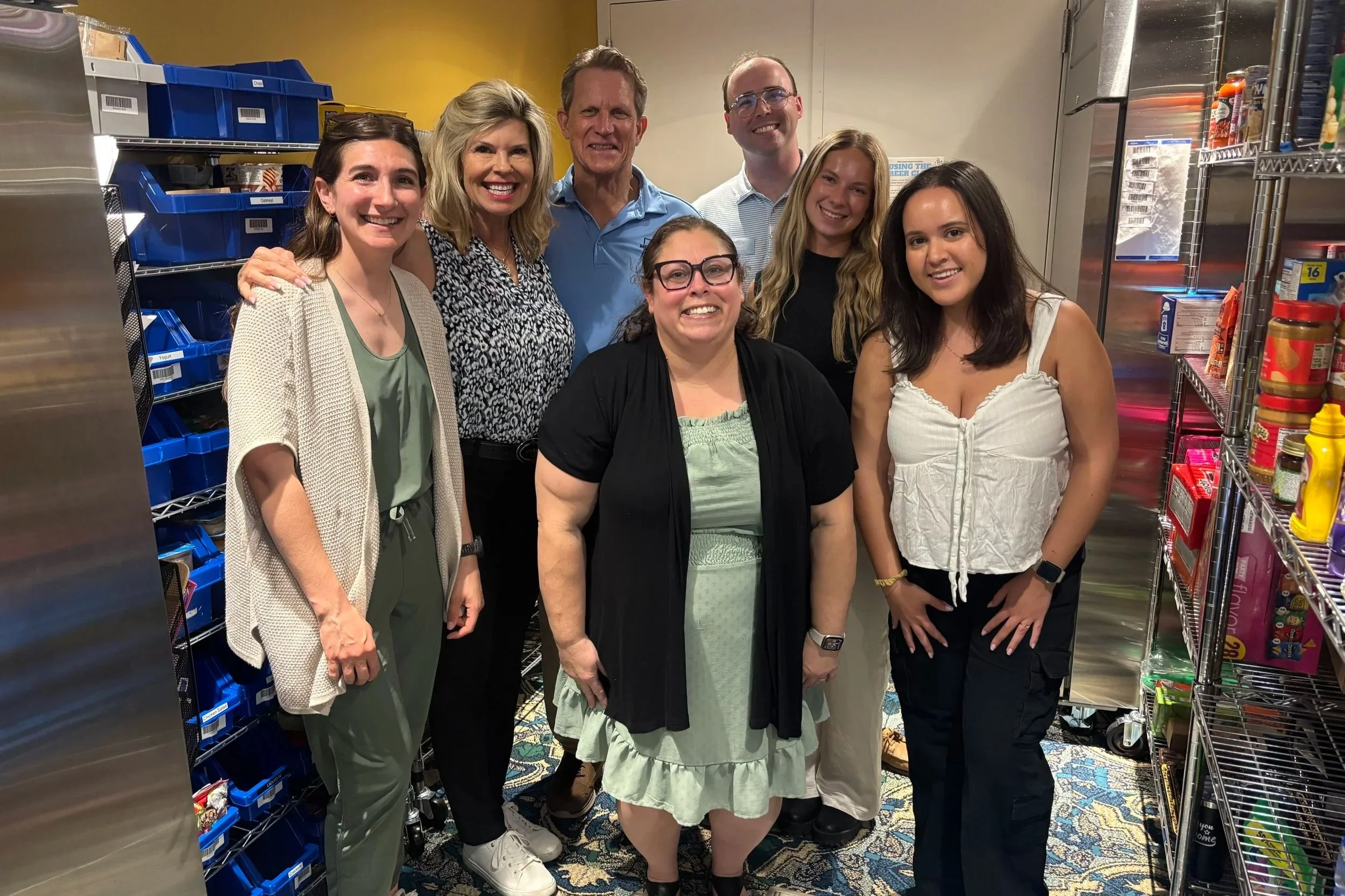Three giving trends to watch in 2022
In 2020, MFF partnered with the cultural consultancy sparks & honey to create the Future of Giving – a data-driven report exploring five cultural shifts and their impact on how and why people give to charity. In 2021, we updated the report with an addendum specifically focused on Gen Z’s giving behaviors and tips on how to reach the young generation.
The lessons shared in the report remain as relevant as ever and are helpful in interpreting the current giving landscape as well as predicting trends around the corner. Using insights from the Future of Giving, findings from a recent GivingTuesday Data Commons report, and the annual M+R nonprofit benchmarks, we pinpointed three trends socially conscious organizations should know.
Celebrating non-monetary giving.
Don’t underestimate the power of the non-monetary gift. From advocacy and spreading awareness of a cause or organization through social media to donating goods and services and volunteering, people are more engaged than ever with issues they care about.
According to the GivingTuesday report, From Scarcity to Abundance: Mapping the Giving Ecosystem, 85 percent of people surveyed globally gave in some form in 2021 and non-monetary giving was two times more common than monetary giving. That’s a lot of generosity and engagement with social causes outside of donations.
Even more compellingly, only 2.5 percent of givers cited donating money to nonprofits as their only form of giving. Givers were much more likely to engage in multiple types of giving.
How can nonprofits celebrate all forms of giving? The Future of Giving found that emphasizing monetary donations alone already turned potential donors off. Instead, focus on values-driven communication to help audiences connect with like-minded people. The effects of giving resonate beyond monetary terms, so emphasize the life experiences, sense of purpose and potential to drive change that comes from engaging in volunteer or advocacy activities.
Social media is a primary source of news for most people.
In 2021, the Future of Giving showed that 63 percent of Gen Z primarily turn to social media channels for information on social and political issues. That number only continues to grow. Organizations of all kinds, but especially social impact organizations, need to meet their audiences where they are and provide tangible value.
Audiences want to feel like part of a nonprofit’s mission and seek authenticity in online interactions. This is true for young audiences in particular. GivingTuesday, whose namesake holiday reported $2.7 billion in donations in 2021 from the United States alone, suggests that nonprofits move from “transactional engagement to relationship-building with supporters and give them a variety of ways to get involved.”
Even if a nonprofit is operating with a small staff and a small budget, the data suggests that having a presence is beneficial. According to M+R’s industry-leading nonprofit benchmarks, view-through revenue – defined as revenue from donors who made a donation from seeing, but not clicking on, an ad – accounted for 35 percent of all giving sourced to digital ads. Audiences are paying attention and when a nonprofit doesn’t take advantage of that attention, they are losing out.
M+R reports that 23 percent of nonprofits are active on TikTok, which shows a lot of growth in a short period of time for the relatively new platform. While it may be best known for dance trends and viral sounds, TikTok is used by audiences of all ages and doesn’t require a big budget to be successful.
Audiences are highly likely to take action on issues they care about, and keep taking action.
M+R benchmarks showed 24 percent growth in nonprofits’ monthly recurring revenue. In other words, a new trend is emerging in that donors are more likely to make monthly recurring donations than a single one-time gift. As a result, monthly giving increased from 16 percent of overall online revenue in 2020 to 22 percent in 2021.
Another notable M+R finding is that the average email messaging open rate increased 16 percent from 2020 to 2021. What drove these increases and kept audiences engaged? There’s not one clear-cut answer. But there are educated guesses.
GivingTuesday’s Data Commons report found that new donors from 2020 stuck around at much higher rates than cohorts that first gave in other years. 2020 saw massive social upheaval from the pandemic and the death of George Floyd, among other events.
This upheaval, while detrimental in many ways, forced most nonprofit organizations and causes to innovate, rebrand and adapt their approach to changing times. It’s entirely plausible that, in this fast-moving 21st century world, nonprofits can best serve their audiences by continuously refreshing outreach strategies and tailoring content to proactively respond to current events.




